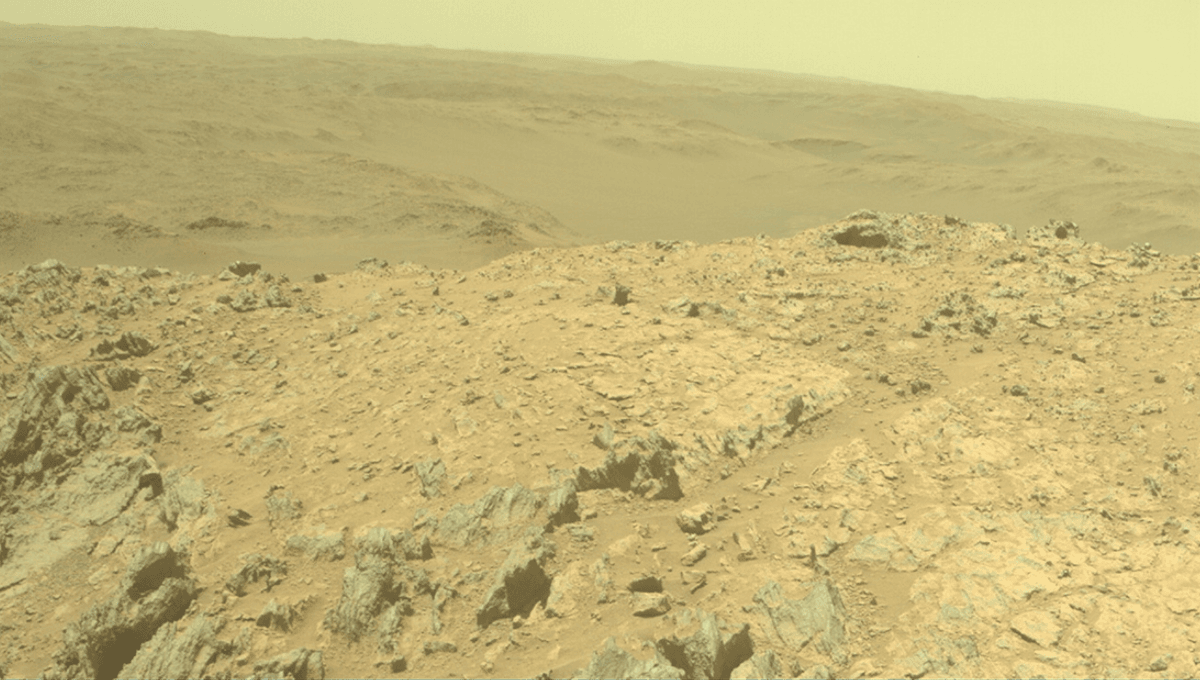
Researchers have identified a lifeform that could survive the harsh conditions on Mars, potentially helping future humans to colonize it.
If humans ever want to set up a home elsewhere in the Solar System, Mars seems like the most viable bet, beating off the competition by not being a hell world, having a surface we could actually stand on, and being at the edge of the habitable zone where liquid water can exist.
But a lot would have to be done to transform the planet into one we could call home. In short, along with a lot of other home comforts, higher temperatures and some sort of breathable atmosphere would be nice.
Growing plants on the planet, which would convert some of the planet’s 95 percent carbon dioxide atmosphere to breathable oxygen, would be a helpful start. In a new paper, the team focused on whether a particularly hardy lifeform could survive on the Red Planet.
“Lichens inhabit diverse ecosystems worldwide, but they are particularly crucial in extreme environments like hot deserts and cold Polar regions. They are known as extremophiles, able to survive under extreme temperatures, intense radiation, and prolonged water scarcity,” the authors explain in their paper. “The remarkable ability of lichens to endure harsh conditions has led to the suggestion that they are well-suited to survive the extreme environment of outer space.”
Lichen, really a hybrid colony of fungus and algae and/or cyanobacteria, is particularly suited to these harsh environments due to a transition into an ametabolic state known as anhydrobiosis during drought conditions, as well as its natural ability to tolerate harsh UV conditions. While they have certainly been tested in Earth conditions – growing across the arctic tundra and hot dry deserts alike – this team tested two species of lichen in simulated Mars conditions for five hours.
The team took Diploschistes muscorum and Cetraria aculeata – species chosen for their diverse traits – and subjected them to a simulation of Mars’s extreme temperature fluctuations, X-ray radiation, pressure, and atmosphere. While C. aculeata turned out to not be as hardy as hoped when it came to radiation, the team ultimately found that D. Muscorum would make a good candidate for a lifeform that could survive on Mars.
“Our study is the first to demonstrate that the metabolism of the fungal partner in lichen symbiosis remained active while being in an environment resembling the surface of Mars. We found that Diploschistes muscorum was able to carry out metabolic processes and activate defense mechanisms effectively,” lead author of the paper, Kaja Skubała, said in a statement.
“These findings expand our understanding of biological processes under simulated Martian conditions and reveal how hydrated organisms respond to ionizing radiation – one of the most critical challenges for survival and habitability on Mars. Ultimately, this research deepens our knowledge of lichen adaptation and their potential for colonizing extraterrestrial environments.”
While encouraging, it’s not time to start blasting lichen up to the Red Planet, and further study is planned to look at the effects of long-term exposure to Martian conditions.
The study is published in IMA Fungus.
Source Link: Scientists Find One Lifeform That Could Survive Extreme Extraterrestrial Environments